PROGRAM OVERVIEW
Team Characteristics, Composition & Roles
Introduction, Goals & Objectives
Key Concepts & Curriculum
Program Activities
Important Dates, Cost & Funding
Eligibility Requirements
▸Team Characteristics, Composition & Roles
Application Process
FAQs
TEAM CHARACTERISTICS
The most qualified teams will have representatives from three or more sectors (public, non-profit, private, and other) and have the following:
Enthusiasm about learning (both personally and as a group).
Dedication to deepening trust within the team and with partners and stakeholders.
Commitment to team synergy and experience working together with a proven track record of success.
Project management skills and experience.
Grounding in the content/technical areas related to their AHLP.
Be in the storming, norming, or performing stage of Tuckman's Stages of Team Development (i.e., not forming stage).
Commitment to community engagement.
Authority and sponsorship to move the work of their AHLP forward.
All members currently working in leadership roles.
Team size
NLAPH
Teams of four (4) individuals coming from intact coalitions/working groups with cross-sector representation
CALAPH
Teams of four (4) to six (6) individuals coming from intact coalitions/working groups with cross-sector representation
Ideal team members will have experience with leadership beyond the individual level.
TEAM COMPOSITION
Team members should represent a wide range sectors and disciplines, one of which must be public health.
Examples of sectors and disciplines
Public sector
DISCIPLINES
State and local government
Early childhood
Environmental health
Economic development
Military
Community relations
Public transportation
Tribal council
County health care system
Public school district
University/academia
ROLES
City planner
Community services director
County administrator
Elected official housing official
Parks & recreation director
Public health officer
Public safety official
School administrator
School superintendent
University faculty
Non-profit sector
DISCIPLINES
Arts
Civic association
Community-based organization
Community benefits program
Faith-based organization
Food and shelter advocate
Health care system
Immigrant welfare
League of Women Voters
Voluntary association
University/academia
ROLES
Clinic director
Equity advocate
Hospital administrator
Mental health provider
Retired executive
Core university faculty
Private sector
DISCIPLINES
Chamber of commerce
Food & beverage industry
Landlord associations
Local merchant associations
Private transportation
Real estate developer
Private health care system
University/academia
ROLES
Business improvement district representative
Business owners
Health care practitioner
Hospital administrator
Land developer
Landlord
University faculty
Other sector
DISCIPLINES
Community resident group
Faith-based organizations
Homeowner group
ROLES
Tenant
TEAM COORDINATOR
Each team selects a member to be the Team Coordinator—a critical role that supports program engagement.
Serves as the logistical and communications point person for program staff and coaches
Coordinates and facilites team participation in the three-day retreat
Coordinates and facilitates monthly team coach calls and the site visit
Confers with the coach on issues such as trust building, team dynamics, and conflict resolution
Ensures that all program requirements are met by the team, including completion of assessments, webinar attendance, and team activities
Leads the integration of learned leadership skills into the team's behavior and practices


